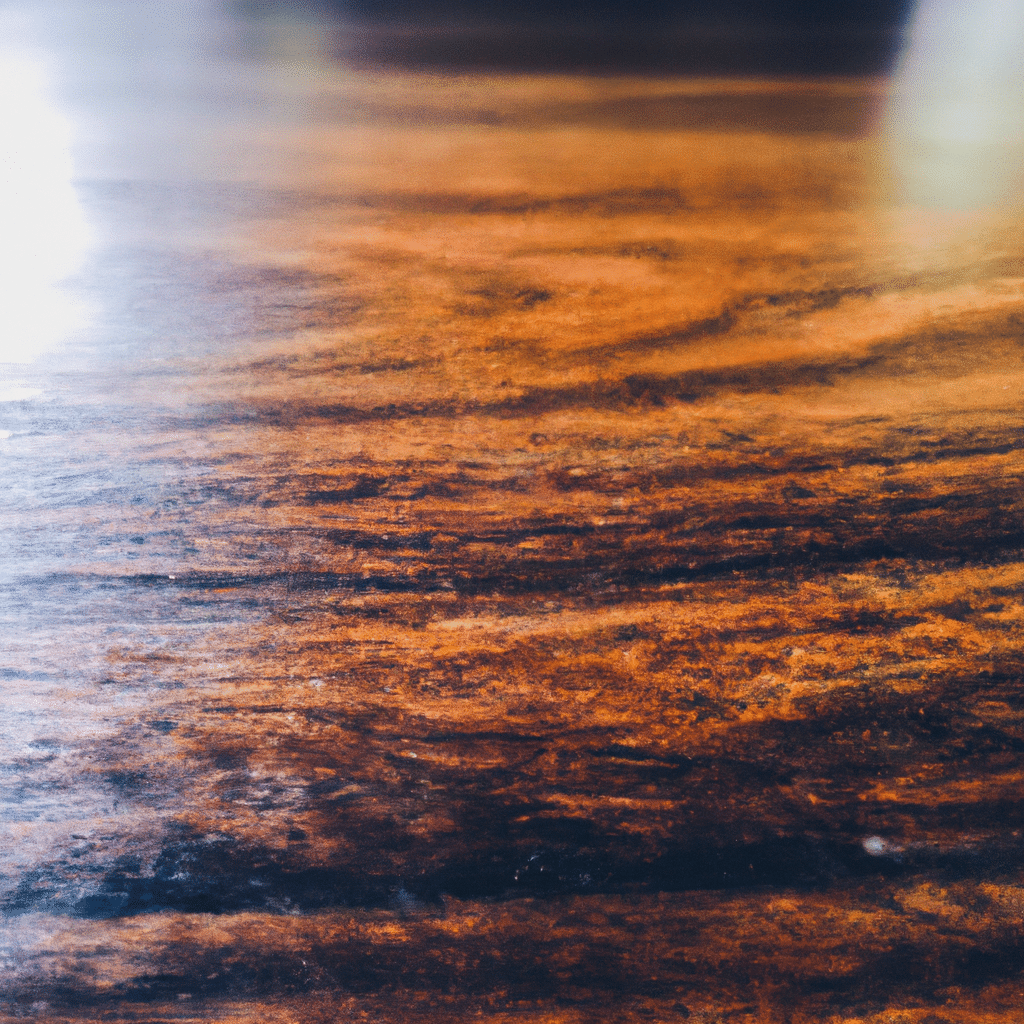Welcome to our comprehensive guide on the art of polishing real wood furniture. If you’re a proud owner of beautiful wooden furniture, you understand the importance of keeping it well-maintained and preserving its natural beauty. In this article, we will share insider tips and techniques to help you achieve a professional-level polish that will make your furniture shine like new. Whether you have antique pieces or modern creations, these expert insights will help you bring out the best in your real wood furniture.

Understanding Your Wood
Before diving into the world of wood polishing, it’s essential to understand the characteristics of the wood you’re working with. Different types of wood have unique properties and require specific care. Oak, mahogany, cherry, and walnut are just a few examples of popular wood choices for furniture. Each wood type has distinct grain patterns, densities, and finishes, which will influence the polishing process.
When identifying the type of wood, examine the color, texture, and overall appearance. Look for any manufacturer’s labels or markings that may provide valuable information. If you’re unsure, consult with a professional or conduct thorough research to ensure you’re using the appropriate techniques and products for your specific wood type.
Preparing Your Furniture for Polishing
Before you begin the polishing process, it’s crucial to prepare your furniture properly. Start by removing any dust, dirt, or grime that may have accumulated on the surface. Use a soft cloth or a feather duster to gently wipe away debris. For stubborn stains or grease spots, a mild detergent mixed with warm water can be used. However, make sure to test the solution on a small, inconspicuous area first to ensure it doesn’t damage the wood.
Once the surface is clean and dry, inspect the furniture for any scratches, dents, or imperfections that may need to be addressed. Small scratches can often be remedied with simple DIY techniques, while more extensive damage may require professional assistance. Sanding and filling techniques can be employed to repair minor blemishes, ensuring a smooth and flawless surface for the polishing process.
Choosing the Right Polish
Selecting the appropriate polish is crucial to achieving a high-quality finish on your real wood furniture. There are various types of polishes available, including oil-based, wax-based, and water-based options. Each type has its advantages and may be better suited for specific wood types or finishes.
Oil-based polishes are excellent for enhancing the natural beauty of the wood and providing a deep, long-lasting shine. They penetrate the wood, nourishing and moisturizing it from within. Wax-based polishes, on the other hand, create a protective layer on the surface, adding shine and shielding the wood from moisture and other environmental factors. Water-based polishes are ideal for delicate or antique furniture, as they offer gentle cleaning and conditioning properties without leaving behind a heavy residue.
When choosing a polish, consider the level of shine you desire, the durability needed, and the compatibility with your wood type. It’s always recommended to test the polish on a small, inconspicuous area first before applying it to the entire piece of furniture.
Applying the Polish
Now that you’ve prepared your furniture and selected the appropriate polish, it’s time to apply it and bring out the natural luster of the wood. Here’s a step-by-step guide to help you achieve professional results:
- Start by pouring a small amount of polish onto a clean, lint-free cloth or applicator pad.
- Apply the polish in the direction of the wood grain, using smooth and even strokes.
- Work on one small section at a time, ensuring thorough coverage.
- Allow the polish to penetrate the wood for the recommended amount of time specified on the product.
- Once the polish has soaked in, use a clean cloth to buff the surface, removing any excess product and revealing a stunning shine.
- Repeat the process if necessary, depending on the desired level of shine.
Remember to follow the manufacturer’s instructions and recommendations while applying the polish. It’s important not to overapply or leave excess polish on the surface, as this can lead to a sticky or uneven finish.
Maintaining the Polished Finish
Congratulations! You’ve successfully polished your real wood furniture to perfection. Now, let’s discuss how you can maintain that beautiful finish for years to come. Here are some essential tips to ensure the longevity of your polished furniture:
- Avoid placing your furniture in direct sunlight or near heat sources, as this can cause fading, drying, or warping of the wood.
- Use coasters, placemats, or tablecloths to protect the surface from hot dishes, spills, or scratches.
- Regularly dust your furniture with a soft, microfiber cloth to remove any surface particles and prevent them from scratching the polished finish.
- Consider using furniture polish sprays or wipes specifically designed for maintaining polished wood surfaces. These products help remove fingerprints, smudges, and light dirt while enhancing the shine.
- Periodically inspect your furniture for any signs of wear or damage. Address any issues promptly to prevent further deterioration and maintain the integrity of the polished finish.
By following these maintenance practices, you can enjoy your beautifully polished real wood furniture for generations to come.
Conclusion
In this comprehensive guide, we have shared insider tips and techniques to help you master the art of polishing real wood furniture. By understanding your wood, preparing it properly, choosing the right polish, and applying it with care, you can achieve a professional-level finish that will make your furniture shine like new. Remember to maintain your polished surfaces regularly, protecting them from sunlight, heat, and other potential sources of damage. With these expert insights, you can now confidently showcase the natural beauty of your real wood furniture and ensure its longevity for years to come.








